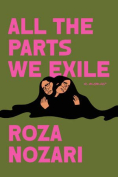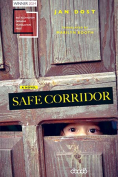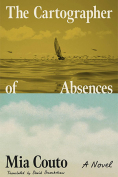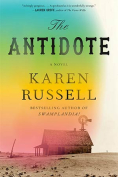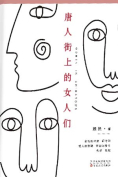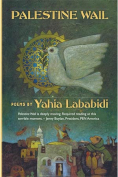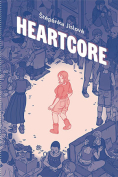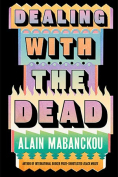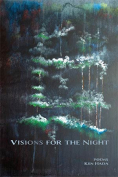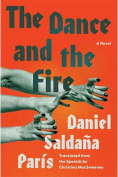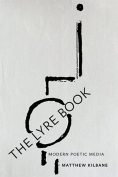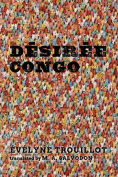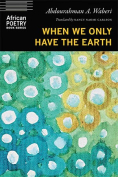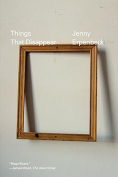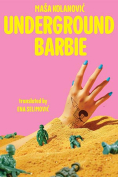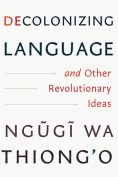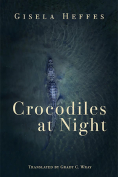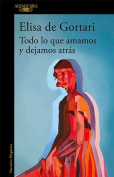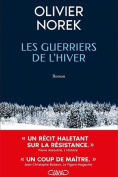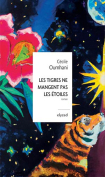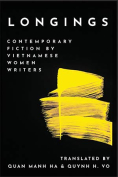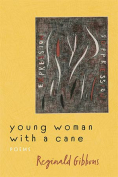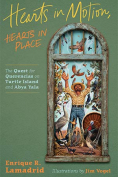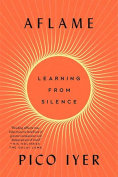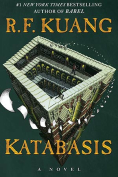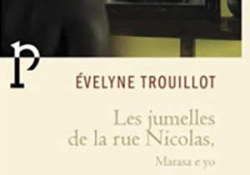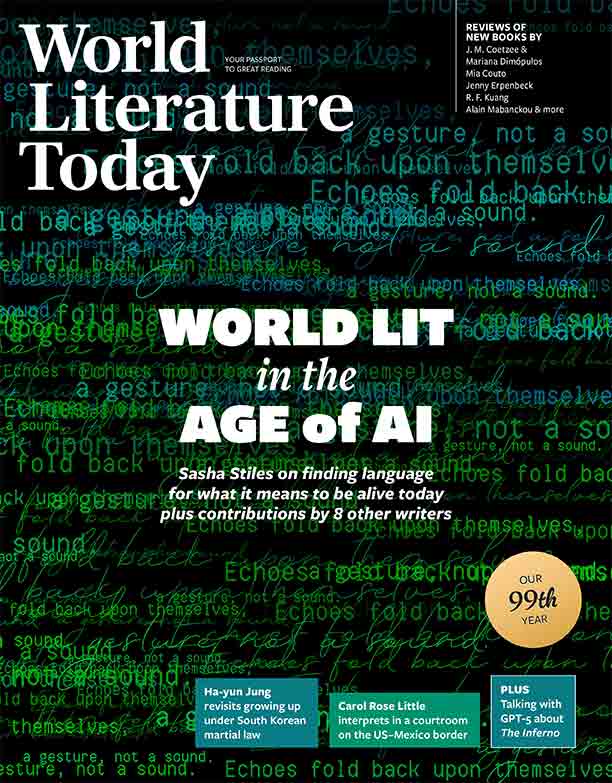Désirée Congo by Évelyne Trouillot
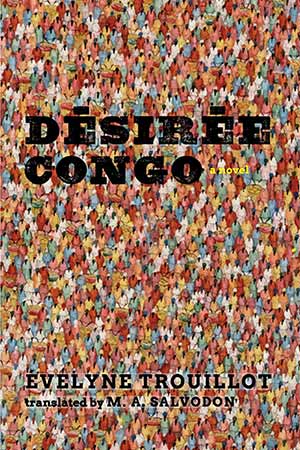
Trans. M. A. Salvadon. Charlottesville. University of Virginia Press. 2024. 216 pages.
Évelyne Trouillot’s Désirée Congo is bursting with color. Set in revolutionary St. Domingue, the author’s third historical novel features the fleeting bright rainbow of innocence lost to the horrors of slavery; the faded hues of receding memories of the African homeland; the vivid tones of love, joy, and desire, even in cruel captivity and amid the flame and ash of war; the many shades of social hierarchy; and the crimson stain of blood that birthed a new people on the land that would henceforth be their own. Like the blue and red of Dessalines’s 1803 Haitian flag, Trouillot’s novel simultaneously acknowledges long-standing racialized social divisions, celebrates a historic moment of unity, and envisions a Haitian nation defined not by past hurts and betrayals but by a future-minded commitment to shared humanity and common cause.
Désirée Congo’s polyphonic narrative delves into the inner worlds of a wide range of characters, delivering nuanced and sometimes surprising insight into the interplay between phenotype, lineage, capital, and status in a dizzyingly complex and often contradictory colonial, racialized slave society. Meanwhile, Trouillot’s thoughtful treatment of gender both acknowledges the terrifying realities of the sexual violence that was part and parcel of enslaved women’s lives and the myriad ways they survived that injury. Taken together, Désirée Congo’s characters convincingly encapsulate the distinctions between identity and positionality as well as the tensions between group belonging, intimate relationships, and individual personhood.
Originally published in 2020 in French, Désirée Congo reads like a series of tableaux, setting its cast of fictional characters against the backdrop of a combination of well-known, symbolic Haitian revolutionary figures and events and more obscure everyday people’s “acts of unimaginable courage.” Throughout the novel, Trouillot’s characters ask themselves (and, implicitly, the reader) the unblinkingly universalist questions of the greatest of all unfinished revolutions: “How does one fight for one group and forget the others? How does one seek to enjoy certain rights, but refuse those same rights to others?” they ask, and “How does one get used to injustice?”
From its meticulously researched historical detail to its three-dimensional characters and compelling subplots, Désirée Congo has something for everyone. Readers who know (or thought they knew) everything or nothing at all about the Haitian Revolution will be met with an epic, chest-swelling reminder of what it means, what it takes, and what’s it’s worth to live free.
Robyn Cope
Binghamton University
